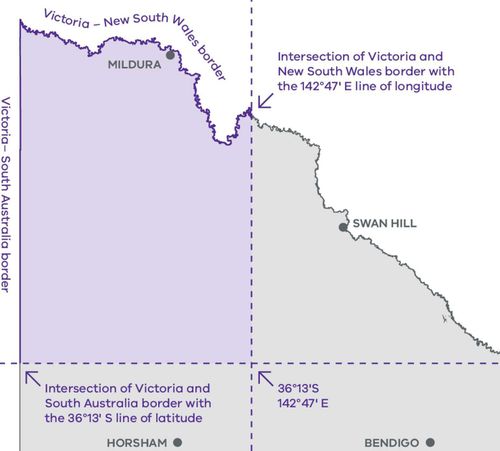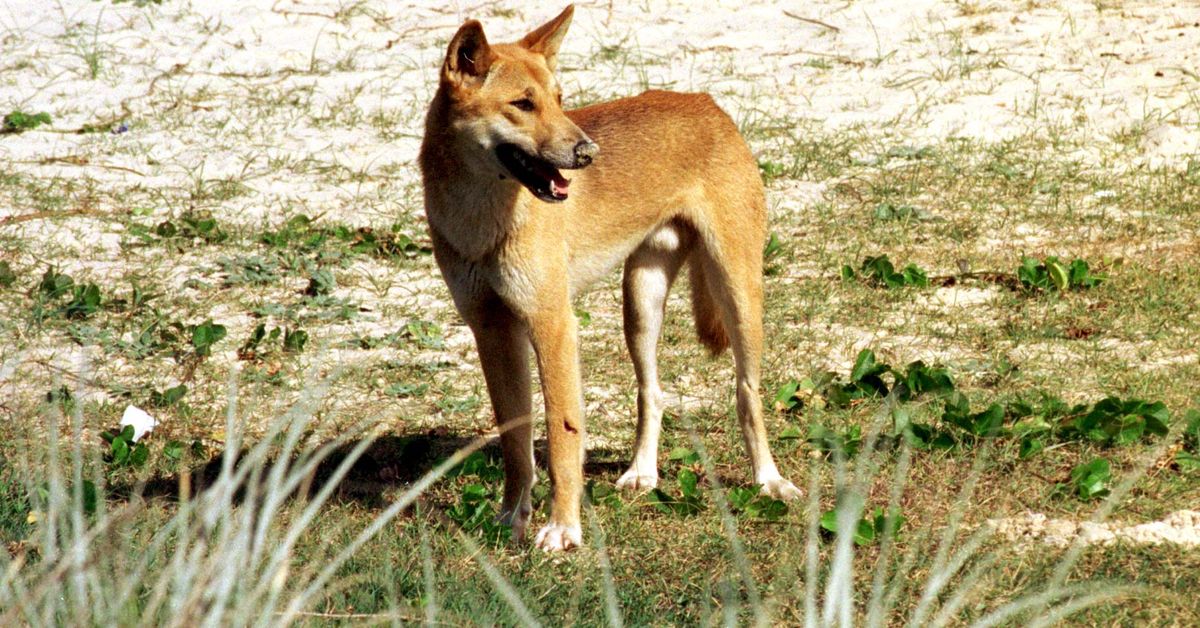In March this year, the Victorian government removed a control order for dingoes in the state’s north-west, effectively banning attempts to cull them.
“Dingoes are now protected in north-west Victoria, on both public and private land, and it is an offence to destroy them without an authorisation,” the conservation regulator said online.
“Dingoes remain unprotected on private land in all other areas of Victoria and on public land within 3km of the boundaries of any private land within the east of Victoria.”
The change was made due to findings that revealed the “imminent risk” of the native species going extinct in the area.
Farmers in the affected are able to apply for specific permits to manage a dingo problem.

But Victorian Farmers Federation president Emma Germano has already met with Agriculture Minister Ros Spence to call for the ban’s repeal, claiming attacks on livestock are already on the rise.
And across the border, farmers in NSW are wary about what comes next.
Nerriga sheep and cattle producer John Rolfe said the NSW government had to be prepared to prevent the kill ban from affecting farmers in the state.
“Wild dogs and dingoes don’t read lines on a map, so the actions of the Victorian government will no doubt ensure wild dogs and dingoes will leak like a sieve across the state and into NSW,” he said.
“These animals viciously attack and kill calves, lambs, goat kids and even larger livestock such as ewes – so we simply cannot stand by and watch the population of these predators explode.”
He called on the government to work on coordinating population control measures and increasing funding for methods such as baiting and exclusion fencing.
Victoria is so far the only Australian state to extend some form of protection to dingoes.
As Australia’s only native canine and an apex predator, it plays an important role in the national ecosystem.
However, it has long been targeted by farmers and the agriculture industry for its predatory attacks on livestock.


